- Pine Cliff Resort
- Campgrounds & RV Parks
- Wyoming
- Weston County
- Newcastle
- Campgrounds & RV Parks in Washington Boulevard
- US Forest Service
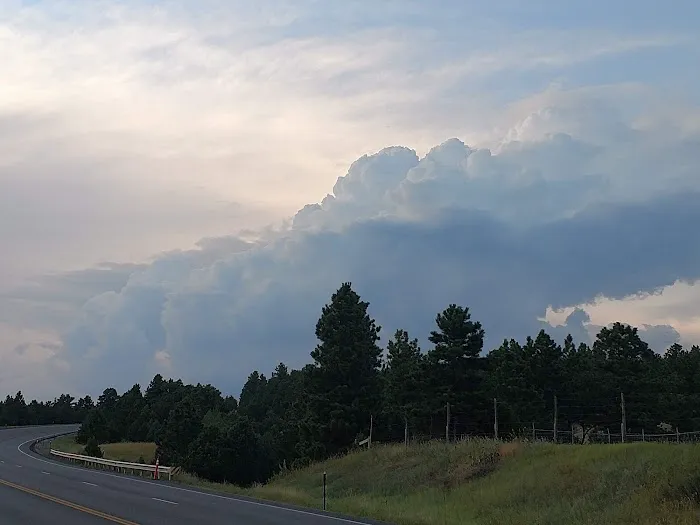
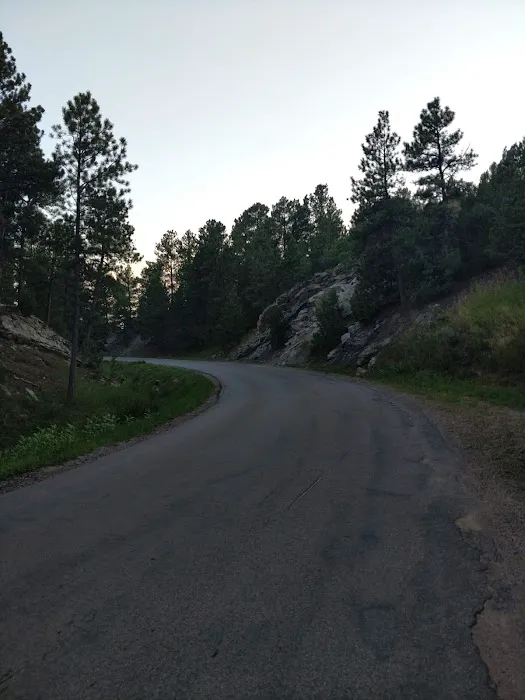
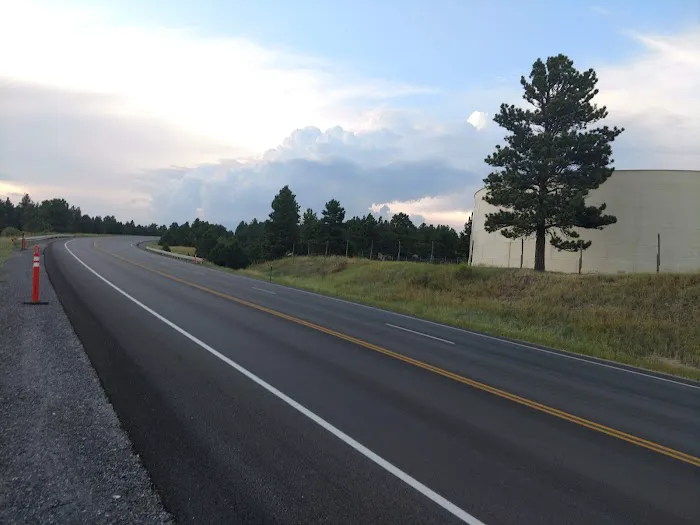
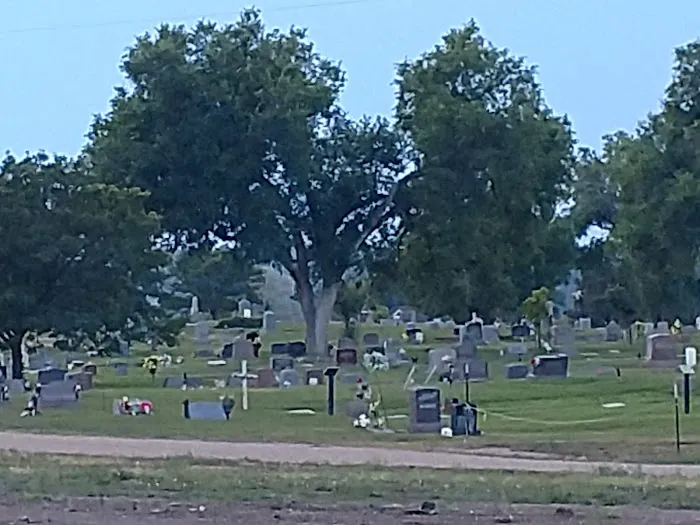
US Forest Service Introduce
The US Forest Service, an agency of the U.S. Department of Agriculture, administers an immense network of 154 National Forests and 20 National Grasslands, encompassing over 193 million acres of land across the United States. Within the expansive "Campgrounds & RV Parks" category, the US Forest Service offers a spectrum of camping experiences, from well-equipped developed campgrounds to remote, primitive, and dispersed camping opportunities. This introduction provides a comprehensive overview of what local users can expect when choosing a US Forest Service campground, detailing the environment, services, features, and important promotional information.
---
The environment across US Forest Service lands is incredibly varied, reflecting the diverse geography of the United States. Campgrounds can be found in almost any natural setting imaginable, from the dense, temperate rainforests of the Pacific Northwest and the alpine peaks of the Rocky Mountains to the vast deserts of the Southwest, the rolling hills and woodlands of the East, and the expansive grasslands of the Great Plains. This immense diversity means that campers can choose an environment that perfectly suits their desired outdoor experience.
Common environmental characteristics across many US Forest Service campgrounds include:
- Forests and Woodlands: The majority of campgrounds are nestled within forested areas, offering shade, privacy, and the sounds of nature. These can range from conifer forests to mixed hardwoods, each providing unique seasonal beauty and ecological characteristics.
- Mountains and Foothills: Many campgrounds are situated in mountainous regions, providing access to challenging hiking trails, scenic overlooks, and cooler temperatures during warmer months.
- Rivers, Lakes, and Streams: Numerous sites are located near water bodies, offering opportunities for fishing, paddling, swimming (where permitted and safe), and enjoying riparian ecosystems.
- Open Spaces and Grasslands: In National Grasslands, the environment shifts to open plains, often with unique flora and fauna, vast skies, and different recreational opportunities.
- Varied Terrain: While developed campgrounds often have relatively level sites, dispersed and primitive camping areas can involve uneven ground, requiring campers to be prepared for natural terrain.
The US Forest Service actively manages these lands for multiple uses, including recreation, timber, range, water, and wildlife, ensuring that the natural environment is preserved and accessible for public enjoyment. Campers are encouraged to appreciate and protect the natural surroundings, including being aware of local wildlife and following responsible outdoor ethics, such as checking for potential hazards like poisonous plants, large ant beds, or unstable ground upon arrival.
---
The services offered at US Forest Service campgrounds vary significantly depending on the "development level" of the site. The agency recognizes three primary types of camping experiences:
- Developed Campgrounds (Full Service): These are the most amenity-rich options, often suitable for RVs and trailers. Services can include:
- Water Hookups: Potable water availability, sometimes at individual sites, or from central spigots.
- Electrical Hookups: 20, 30, or 50-amp electrical service at sites, often suitable for RVs.
- Restrooms: Flush toilets and sometimes hot showers, often in central bathhouses. Universally accessible options with handrails are often available.
- Dump Stations: Convenient facilities for RV waste disposal.
- Picnic Tables and Fire Rings: Found at most developed sites, often with grills.
- Trash and Recycling Bins: Provided for waste management, with emphasis on proper disposal.
- Campground Hosts: Many developed campgrounds have hosts who provide information, assistance, and ensure compliance with rules. They may also assist with minor maintenance.
- Reservations: Many developed sites can be reserved in advance through Recreation.gov, while others are first-come, first-served. It is advisable to check for a national telephone reservation system or website if reservations are accepted.
- Rustic/Semi-Primitive Campgrounds: These offer a more basic experience than developed sites but still provide some amenities. Services typically include:
- Vault Toilets or Pit Privies: Non-flush toilets.
- Potable Water: May be available from a central spigot (sometimes a hand pump or pressure device), but not at individual sites.
- Fire Rings and Picnic Tables: Common at individual sites.
- First-Come, First-Served: Often, these sites are not reservable.
- Backcountry/Dispersed Camping (Primitive): This is the least developed form of camping, emphasizing self-sufficiency and Leave No Trace principles. Services are minimal to non-existent:
- No Amenities: Generally no toilets, water, or trash services. Campers must pack in and pack out everything, including human waste if necessary (e.g., in cat holes dug at least 200 feet from water sources).
- No Designated Sites: Campers find their own spots, often adhering to rules like being a certain distance from roads, water sources, and developed areas.
- No Fees (often): Dispersed camping is often free, though permits might be required in some sensitive or high-use areas.
The availability of services depends entirely on the specific campground or area within the National Forest/Grassland, with detailed information usually available on the respective forest's website or Recreation.gov. It's crucial to note that seasons, rates, and services can change due to budgetary constraints or weather, and campgrounds can be closed for renovations or natural disasters, so checking ahead is always recommended.
---
The US Forest Service campgrounds are part of a broader mission to provide diverse recreational opportunities while practicing sustainable land management. Key features include:
- Vast Recreational Opportunities: Beyond camping, visitors have access to a wide array of activities, including extensive trail systems for hiking, mountain biking, and horseback riding. Many forests offer opportunities for fishing, hunting, boating (motorized and non-motorized), swimming (where designated areas exist), wildlife viewing, rock climbing, and in winter, cross-country skiing and snowshoeing. Trails often have marked trailheads and clear indications of their access types (foot, horse, mountain bike, OHV).
- Accessibility: The US Forest Service is committed to improving accessibility across its facilities. Many developed campgrounds and some trails or facilities include features to accommodate visitors with disabilities, such as accessible restrooms with handrails, firm and stable camp living areas, and paved paths. Accessible picnic units and scenic viewing areas are also being developed or improved.
- Wilderness Areas: Many National Forests contain designated Wilderness Areas, offering truly remote, non-motorized experiences where visitors can immerse themselves in untouched nature, subject to specific wilderness regulations.
- Scenic Byways and Overlooks: Numerous National Forests are home to scenic byways, historic sites, and panoramic overlooks, offering stunning views and photographic opportunities.
- Dark Skies: Many remote Forest Service lands are far from urban light pollution, providing exceptional opportunities for stargazing and astrophotography.
- Educational Programs: Some developed campgrounds or visitor centers may offer ranger-led interpretive programs on local ecology, history, or conservation efforts.
- Affordability: Compared to private campgrounds, US Forest Service campgrounds often offer a more budget-friendly camping experience, particularly for rustic or dispersed sites. Fees for developed sites vary but are generally moderate, with interagency passes (like the Annual Interagency Pass, Senior Pass, or Access Pass) offering discounts or free access to certain fee areas.
- Pet-Friendly Policy: National Forest campgrounds generally permit pets, provided they are leashed and under control at all times, both in the campground and on trails. Pet waste must be picked up and properly discarded.
The "multiple-use sustained-yield" mandate of the Forest Service, established by Congress, ensures a balance between recreation and conservation, providing robust features for visitors to enjoy while protecting natural resources for future generations. Recent federal funding initiatives, such as the Great American Outdoors Act (GAOA), have also enabled significant improvements to campgrounds and recreation sites across USFS lands.
---
For local users considering camping on US Forest Service lands, here is crucial promotional and practical information:
- Find Your Adventure: Emphasize the vast array of experiences available. Whether someone seeks a comfortable RV hookup, a rustic tent site, or a true backcountry solitude, the US Forest Service has an option. Promote the idea of finding an escape that fits their desired level of comfort and adventure, inviting them to "Get outdoors, experience America, and bring home a story!"
- Planning is Key: Stress the importance of meticulous research. Users should identify the specific National Forest or Grassland they wish to visit, then research the particular campground or area within it. Information on amenities, accessibility, fees, and reservation requirements (via Recreation.gov for many developed sites) is readily available online. Consulting directories like "National Forest Camping" can be helpful, and contacting local Ranger District offices provides invaluable specific and up-to-date information.
- Know Before You Go: Crucially, advise campers to always check current conditions, alerts, and regulations for their chosen area. This includes weather forecasts (and carrying a compact weather radio), fire restrictions (which can be seasonal and vary widely, with potential fines for non-compliance), trail closures, and any specific rules regarding food storage (especially in bear country, requiring proper storage of all food and scented items to avoid attracting wildlife) or waste disposal. Always be aware of any red flag warnings issued by the National Weather Service.
- Leave No Trace Principles: This is a cornerstone of responsible recreation on Forest Service lands. Educate users on the seven principles: Plan Ahead and Prepare; Travel and Camp on Durable Surfaces (pitching tents on level, designated spots); Dispose of Waste Properly (packing out all trash, proper human waste disposal); Leave What You Find; Minimize Campfire Impacts (building fires in safe, designated areas, ensuring fires are fully extinguished and attended); Respect Wildlife (keeping campsites clean, avoiding feeding or approaching animals, using flashlights at night); and Be Considerate of Other Visitors.
- Permits and Fees: While dispersed camping is often free, developed and some rustic campgrounds usually require fees. Clearly communicate that these fees vary and may change due to budgetary constraints or concessionaire management. Encourage users to check for pass eligibility (e.g., America the Beautiful passes) which can offer discounts. Be aware that some areas may require permits for backcountry camping or specific activities.
- Safety First: Remind campers about general outdoor safety, including informing family or friends of their itinerary, carrying appropriate gear (first-aid kit, enough water or purification methods), knowing how to identify poisonous plants, and being aware of potential hazards. Cell service can be unreliable in many remote areas, so do not rely solely on mobile devices for navigation or emergencies. Arrive early to set up camp in daylight.
- Accessibility: Encourage visitors with disabilities to check for accessible facilities and trails, as the Forest Service is actively working to enhance these options, often with "Wheelchair Friendly" designations in campground descriptions.
- Support Our Public Lands: Promote the idea that by visiting and adhering to regulations, campers contribute to the sustainability and preservation of these invaluable public resources for future generations. Highlight volunteer opportunities, such as campground host programs, for those who wish to give back and help maintain these natural treasures.
The US Forest Service offers an unparalleled gateway to America's natural heritage, providing diverse and enriching camping experiences for everyone willing to explore and respect these magnificent public lands.
Details
Accessibility
- Wheelchair accessible entrance
- Wheelchair accessible parking lot
Amenities
- Public restroom
Children
- Good for kids
Parking
- On-site parking
Pets
- Dogs allowed
Location
WyomingWeston CountyNewcastleWashington Boulevard
Customer Reviews
Stopped in to ask questions about camping in the local area. Office was on shutdown because of virus. We were looking at maps in the foyer/lobby when the window blind went up and the nicest staff lady was there lol. She was very helpful and answered our questions.
Very helpful front desk staff
Good
More Places to Explore Nearby
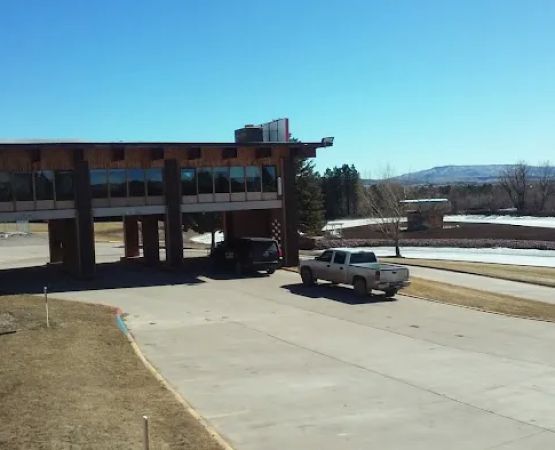
Crystal Park Campground
12 Crystal Park Road, Newcastle, WY 82701, USA

Flying V Cambria Inn
23726 US-85, Newcastle, WY 82701, USA
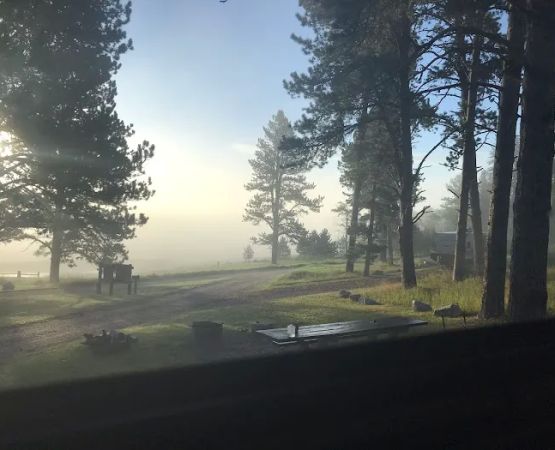
Redbank Spring Campground
Briggs Springs Rd, Newcastle, WY 82701, USA
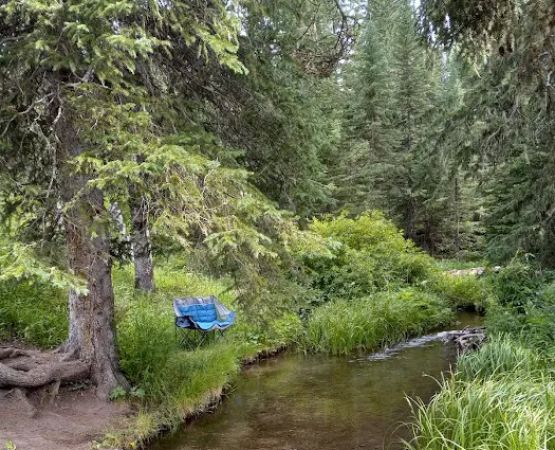
Beaver Creek Campground
478 Mallo Rd, Newcastle, WY 82701, USA
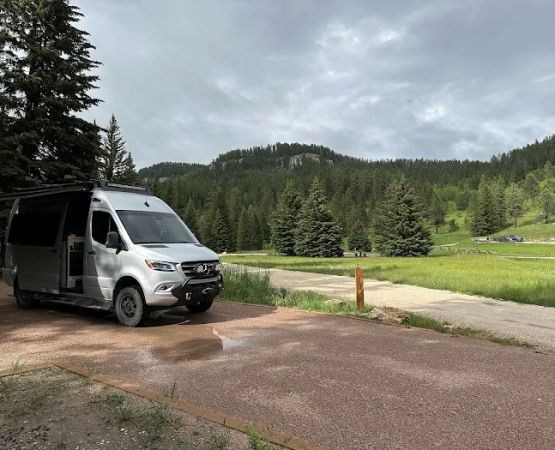
Ditch Creek Motorized Trailhead (recgovnpsdata)
Hill City, SD 57745, USA
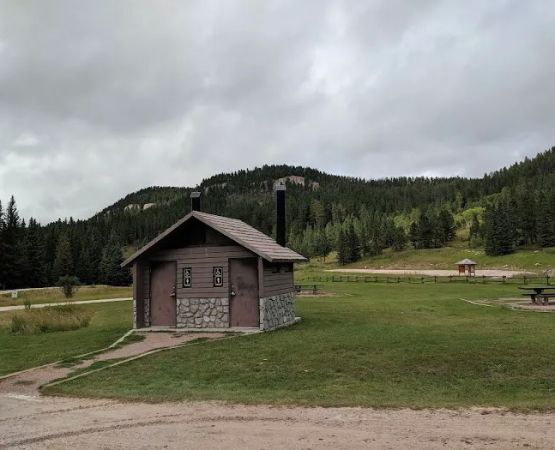
The Ditch Creek Campground
23595 Ditch Creek Rd, Hill City, SD 57745, USA
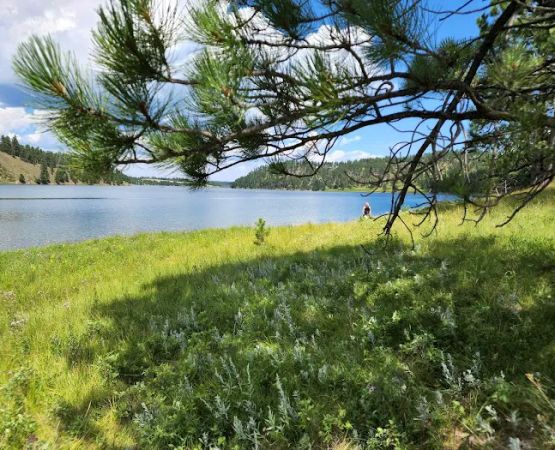
Whitetail Campground
Whitetail Loop, Hill City, SD 57745, USA
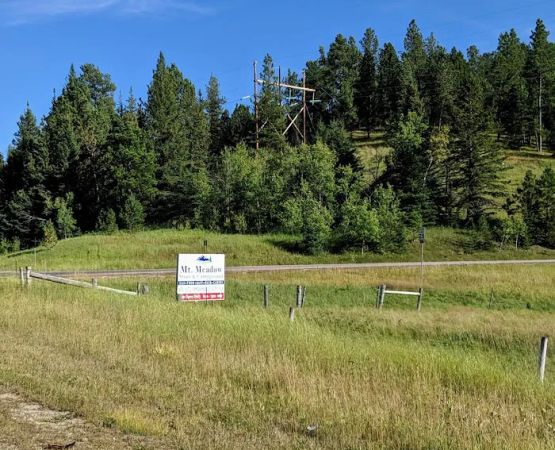
Mt Meadow Store & Campground
11321 Gillette Prairie Rd, Hill City, SD 57745, USA
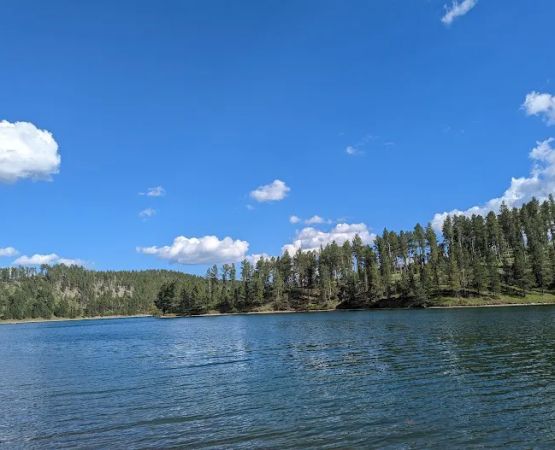
Custer Trail Campground
Hill City, SD 57745, USA
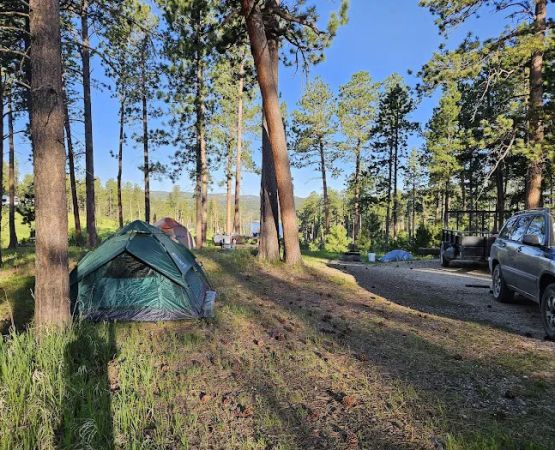
Dutchman Campground
Hill City, SD 57745, USA
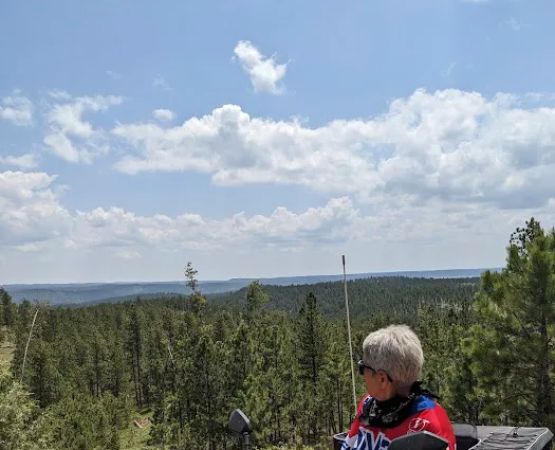
Hawkwright Motorized Trailhead (recgovnpsdata)
Custer, SD 57730, USA

Hell Canyon Horse Camp
11596 US-16, Custer, SD 57730, USA
Categories
Popular Campgrounds & RV Parks
 Hemlocks Campground4.0 (41 reviews)
Hemlocks Campground4.0 (41 reviews)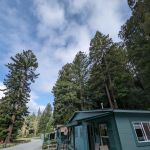 Redcrest Resort4.0 (359 reviews)
Redcrest Resort4.0 (359 reviews)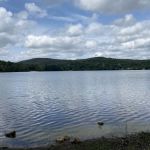 Sylvan Lake Beach Park Inc4.0 (156 reviews)
Sylvan Lake Beach Park Inc4.0 (156 reviews)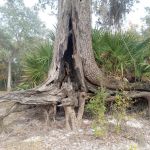 Barrington County Park4.0 (60 reviews)
Barrington County Park4.0 (60 reviews)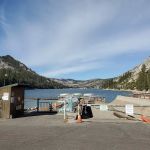 Echo Chalet4.0 (123 reviews)
Echo Chalet4.0 (123 reviews)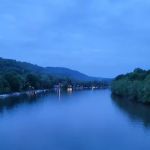 Kiski River Campsites LLC4.0 (55 reviews)
Kiski River Campsites LLC4.0 (55 reviews)Must-Read Camping & Outdoor Blog Posts
Most Searched Japanese Restaurant Sites
Trending Camping & Outdoor Blog Posts
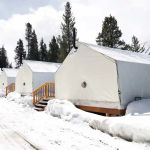 Winter Glamping Retreats in the U.S. You Didn’t Know About
Winter Glamping Retreats in the U.S. You Didn’t Know About Best Family-Friendly Campgrounds with Playgrounds and Kids’ Activities
Best Family-Friendly Campgrounds with Playgrounds and Kids’ Activities Top Family-Friendly Resorts Near Outdoor Adventure Destinations
Top Family-Friendly Resorts Near Outdoor Adventure Destinations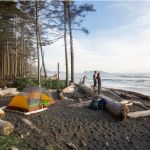 Top-Rated Campgrounds for Exploring National Forests
Top-Rated Campgrounds for Exploring National Forests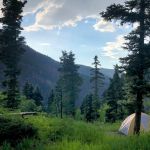 Top-Rated Camping Spots Near Scenic Trails: Explore the Best Outdoor Getaways
Top-Rated Camping Spots Near Scenic Trails: Explore the Best Outdoor Getaways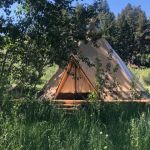 Affordable Luxury Camping Experiences at Top Resorts
Affordable Luxury Camping Experiences at Top Resorts 